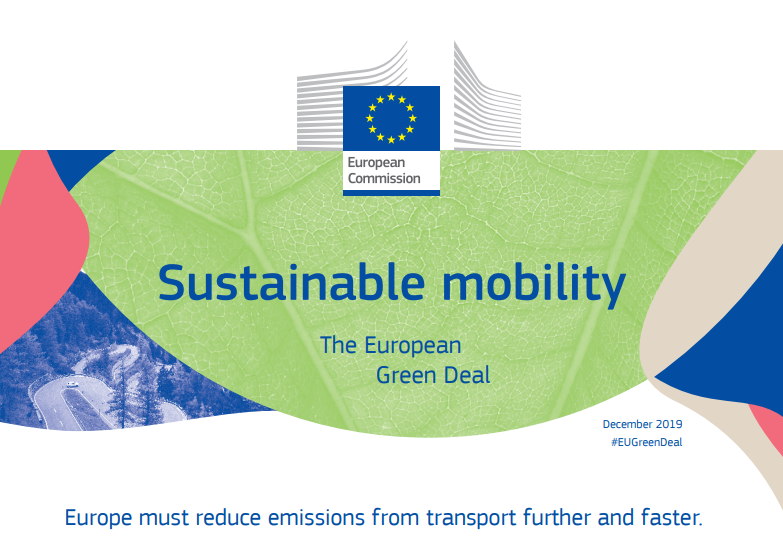The EU Green Deal and inland waterways transport
Published: December 17, 2019

On 11 December 2019, the European Commission presented The European Green Deal – a roadmap for making the EU’s economy sustainable by turning climate and environmental challenges into opportunities across all policy areas and making the transition just and inclusive for all.
The European Green Deal resets the Commission’s commitment to tackling climate and environmental-related challenges. The Commission notes the planet is warming and the climate is changing with each passing year. The European Green Deal is formulated as a response to these challenges.
It is a new growth strategy that aims to transform the EU into a fair and prosperous society, with a modern, resource-efficient and competitive economy where there are no net emissions of greenhouse gases in 2050 and where economic growth is decoupled from resource use.
The European Green Deal covers all sectors of the economy, notably transport, energy, agriculture, buildings, and industries such as steel, cement, ICT, textiles and chemicals.
With regard to emissions, a 90% reduction in transport emissions is needed by 2050 to achieve climate neutrality and all transport modes including inland shipping will have to contribute to the reduction. Fossil-fuel subsidies should end. As a matter of priority, a substantial part of the 75% of inland freight carried today by road should shift onto rail and inland waterways.
As planned further measures, the Commission will
- propose a Climate Law in March 2020
- adopt a strategy on climate change adaptation in 2020 or 2021
- adopt a strategy for sustainable and smart mobility in 2020
- propose by 2021 measures to manage better, and to increase the capacity of railways and inland waterways
- also review the Alternative Fuels Infrastructure Directive and the TEN-T Regulation to accelerate the deployment of zero- and low-emission vehicles and vessels
Meeting the objectives of the European Green Deal will require significant investment. Achieving the current 2030 climate and energy targets is estimated to require €260 billion of additional annual investment, representing about 1.5% of 2018 GDP. This investment will need the mobilisation of the public and private sectors. The Commission will present in early 2020 a Sustainable Europe Investment Plan to help meet investment needs.